Tale of two towns: social distancing works in COVID-19 pandemic
After swiftly imposing measures to prevent the spread of the coronavirus, Codogno now has fewer cases, even as the scenario worsens in nearby towns.
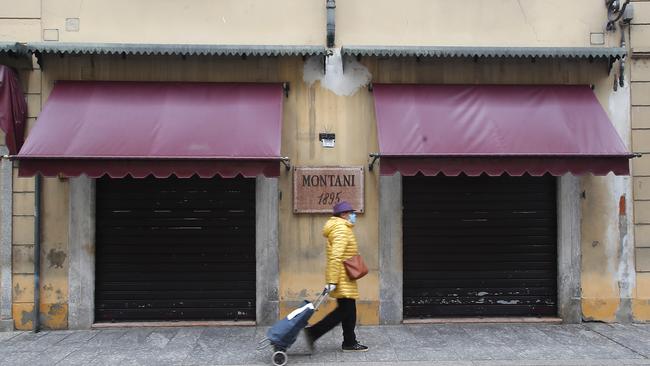
In mid-February, a 38-year-old man in Codogno, a small town just outside Milan, became the first known person to be infected with the new coronavirus in Italy.
The reaction by local authorities was swift. The roughly 50,000 people who live in Codogno and nearby towns were told to only leave their homes if absolutely necessary, and the area was sealed off from the rest of Italy.
Now, three weeks later, even as the Italian government has locked down the entire country, Codogno is almost free of the virus, recording just a few new infections each day.
The sharp fall in new cases in Codogno and surrounding towns in the heart of the outbreak — from an average of about 100 new cases per day in early March to an average of under 50 per day in recent days — is an early indication that the drastic containment measures that have since been imposed across Italy and elsewhere in Europe could be beginning to work.
Codogno’s experience “tells us that if you introduce social distancing earlier, you will have a lower spread of cases, and if you have a lower spread, you will have fewer deaths,” said Melinda Mills, a professor of sociology at Oxford University who co-wrote a paper on the transmission of COVID-19, the disease caused by the virus.
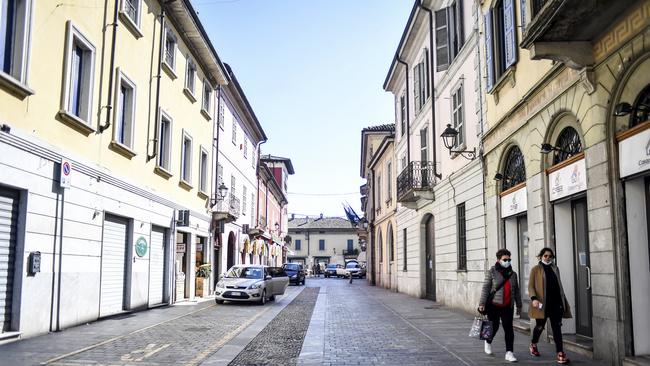
On February 19, when a young man showed up at a hospital in the northern Italian town of Codogno with a fever and a bad cough, Ciro Esposito, a doctor working there, asked if he’d been to China. The patient hadn’t.
But a test the next day confirmed that the man nonetheless had the virus. Italian public health authorities later traced his infection back to Germany, where the virus was carried by a businesswoman who had been to Shanghai. It is unclear how it reached Italy from there, or where the young man from Codogno — whose full name can’t be disclosed under Italy’s privacy laws — caught the virus.
Two days later, tests showed that Dr Esposito had also been infected. His hospital quickly became the centre of an outbreak that has ballooned to become the worst outside of China, where scientists believe it originated. Some 28,000 people have tested positive to the virus in Italy, of whom 2158 died.
“China seemed far away,” said Dr Esposito, who was discharged from hospital a few days ago, and is now in self-isolation at home in Codogno. “But unfortunately this virus knows no borders. The only way to avoid getting infected if we all stay at home.” After the first Codogno patient tested positive in February, doctors quickly realised the disease had begun to spread in the surrounding region of Lombardy, including in its capital, Milan. Soon, new clusters began to emerge across the peninsula.
While the Codogno area was quickly declared a “red zone” — with armed forces manning checkpoints to bar anyone from leaving or entering it — in the rest of Italy restrictions on social gatherings were only loosely imposed at first. That changed as new cases continued to soar at an alarming rate.
The majority of cases are in Lombardy, where hospitals are running out of beds in intensive care units to treat all those severely sick with COVID-19.
While the residents of Codogno rarely left their homes, in the nearby city of Bergamo, life continued almost as normal until March 8, when it was placed under lockdown along with the rest of Lombardy.
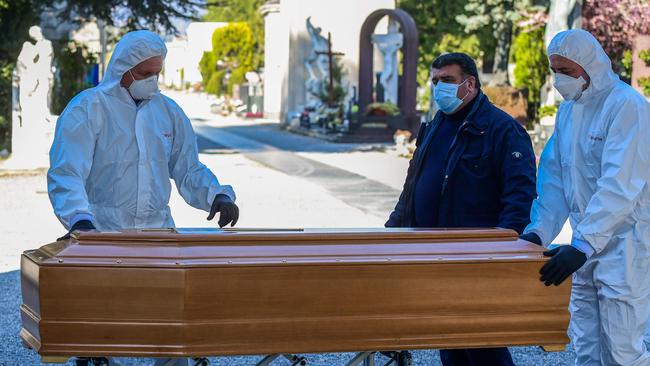
During that time, the disease spread widely among the population there — and Bergamo now has more people with Covid than anywhere else in Italy, including the Codogno area. The number of overall cases has increased by 76 per cent over the past five days in Bergamo compared to 21 per cent in Lodi — the province under early lockdown that includes Codogno, where Italy’s outbreak started.
The pattern of infection in these two areas shows how big an impact social restrictions can have on containing the virus, said Ms Mills, “There is a lot of talk about flattening the curve,” she said “But this is the first, clear empirical evidence that social distancing plays a strong role.” About two weeks after the Codogno area was locked down, so was the rest of Lombardy. Two days later, the lockdown was extended to the whole of Italy, a drastic step aimed at preventing the country’s public health care system from collapsing.
It will take some time for those measures to have a visible impact across Italy, say public health experts, since the incubation period of the virus can last for two weeks.
In Codogno, however, the coronavirus curve is already beginning to flatten. “Our citizens followed the rules meticulously. We urged everyone to stay at home, and continue to do so,” said Francesco Passerini, the mayor of Codogno. “We are just at the beginning of this battle, it’s certainly not over.” Even as most of Italy lives under the lockdown, restrictions on Codogno were effectively loosened when the lockdown was extended to other parts of the country.
The checkpoints around the area have been removed, and residents are now allowed to commute to work if they can’t work remotely. Like the rest of Italy, they can leave their homes only if they can prove it is necessary.
“We are worried our sacrifices will be for nothing,” said Mr. Passerini. “Now that people are able to move for work, it means the main vectors — people — are circulating again. How can we guarantee that someone won’t get infected in Milan?” The first Codogno patient was battling for his life until last week, but has now been discharged from intensive care. He remains hospitalised, but can now breathe on his own. His pregnant wife, who was also infected, is already at home.
“Knowing that he can now breathe on his own is lifting our spirits,” says Giuseppe Stringhini, 57, a resident of Codogno who knows several people who were sickened and died. He returned to work as a bank manager in a nearby city on March 8, when the checkpoints around Codogno were removed.
The Wall Street Journal


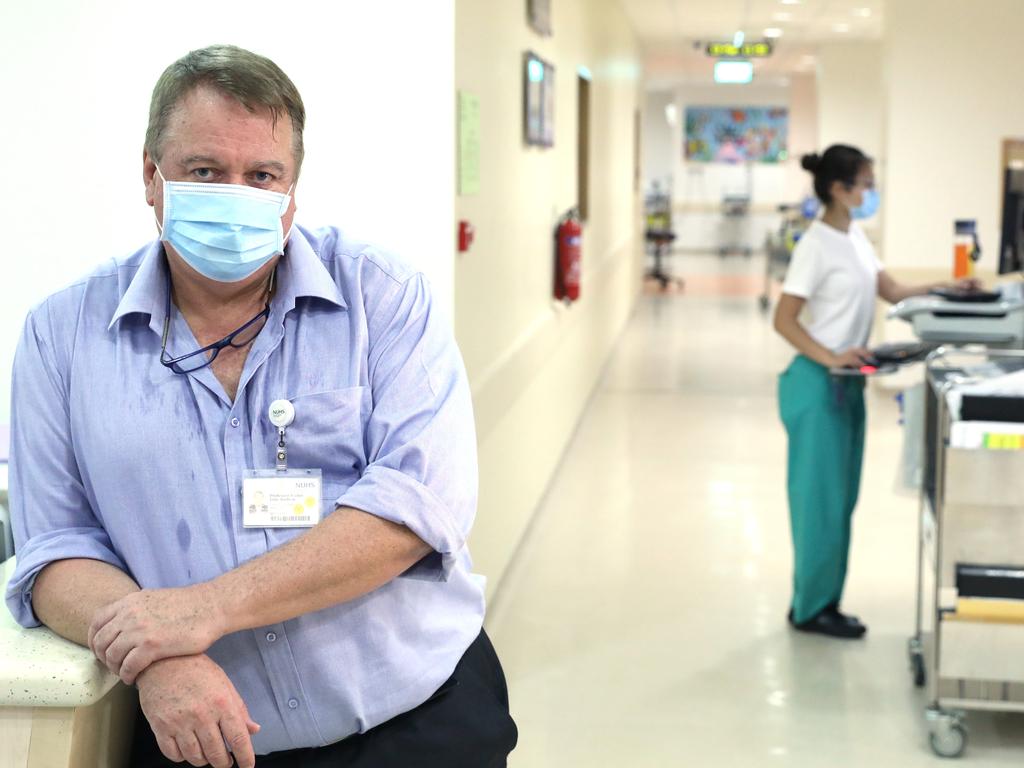
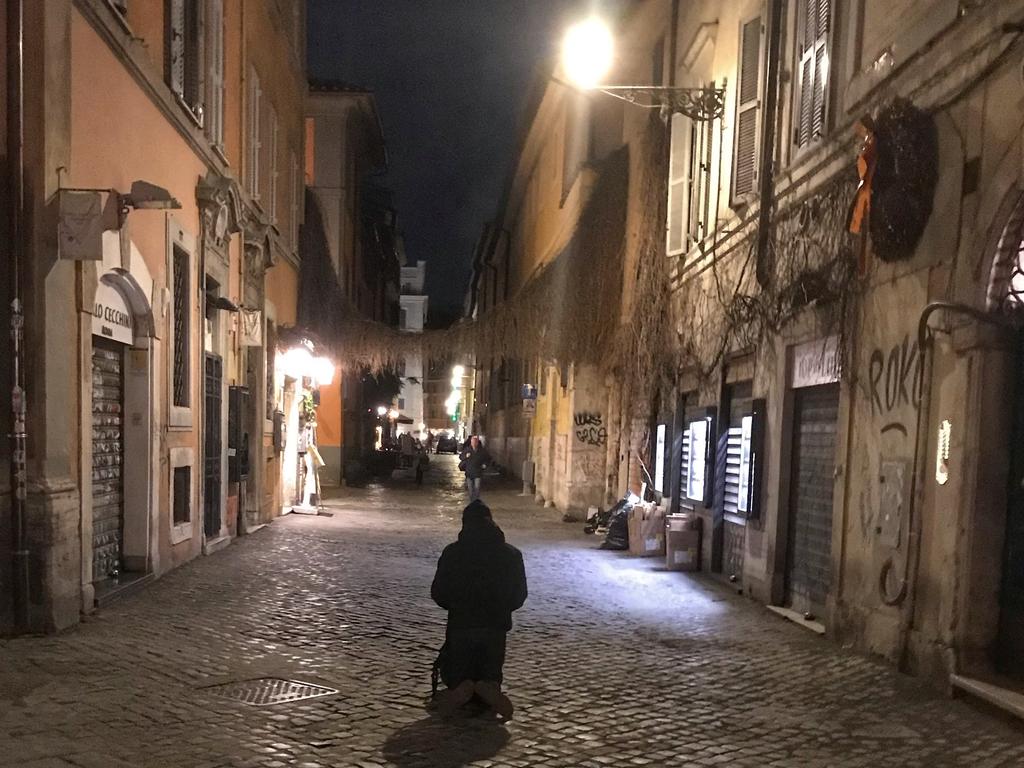



To join the conversation, please log in. Don't have an account? Register
Join the conversation, you are commenting as Logout